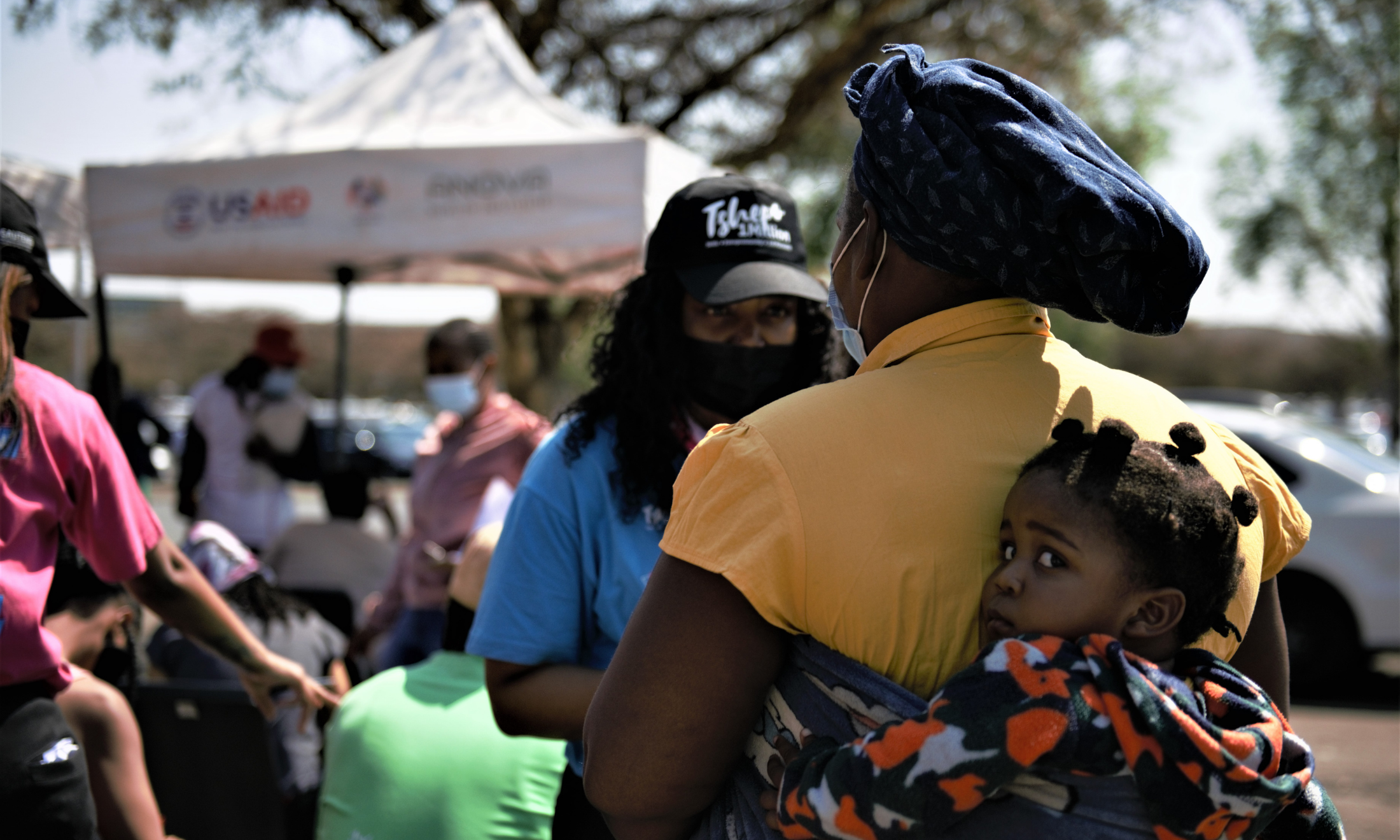
Since the local lockdowns, England’s north-south divide has never felt deeper
The age-old tension has come to a boil over the new coronavirus restrictions.
Shahed Ezaydi
14 Oct 2020
Photography via Unsplash / Adam Nieścioruk
From being banned to mix households, the closure of businesses to total restriction of movement – people in northern parts of England have lived through it all these past few months. We’ve watched as southern regions have enjoyed months of respite from lockdown measures, whilst areas like Greater Manchester only had a few weeks of “freedom”, before having lockdown measures re-imposed. Our streets and towns are becoming emptier by the day, and it’s now the norm to hear that yet another local shop or pub is closing its doors for good. People are feeling fed up and forgotten – like they’re an afterthought.
With the announcement of a three-tier system and Liverpool being under the strictest rules in the country, the government has once again shown its total disregard for the people of the north by failing to consult local leaders. Through trying to avoid a national lockdown, the local lockdowns will undoubtedly affect those from the most marginalised and vulnerable groups – working class communities at a higher risk of exposure to the virus, due to housing situations and the nature of their work.
Any sense of community that many would fall back on at a time like this, especially people of colour and migrants, is also being decimated. We haven’t had as much chance to see friends and family out of our support bubble, to gather at weddings and celebrations, or to pray with others. Yet, this isn’t something the government has even considered when putting our communities under lockdown.
The north-south divide is an age old problem. Northern parts of England are typically seen as the home of the poor and working class, and the south of the rich and upper classes. But these perceptions aren’t based on nothing. When compared to the south, the north on average has a lower life expectancy, lower incomes, lower educational attainment and a higher unemployment rate.
This divide dates back to the industrial revolution, when the north saw mass production and labour take hold in a range of industries. An over-reliance on these industries meant that when deindustrialisation came around in the mid-20th century, the economies in northern parts of England very quickly declined. Not to mention the fact that the concentration of jobs in the capital means a lot of young people leave northern areas to move and seek jobs in the south.
“People fear that instead of having a deeply thought out, coordinated plan, the government is using the north to experiment with different measures in the hope that something sticks”
Unfortunately, the government’s handling of the pandemic is just echoing this age-old divide and deepening the tensions. People fear that instead of having a deeply thought out, coordinated plan, the government is using the north to experiment with different measures in the hope that something sticks. The key to getting northern regions out of this mess goes back to the issue of devolved powers. If local leaders and councils had more power to make decisions like establishing a local track and trace system and having access to financial support – then we wouldn’t be where we are today and people are rightfully angry.
Since the first northern region, Greater Manchester, was put into a local lockdown back in July, we’ve seen the government constantly changing restrictions in the north. You could go to a person’s house, then a week later it would be only meeting in cafes or pubs, then this would quickly change to someone’s garden, until you just ended up giving up and staying at home.
We’re told that these decisions are “guided by the science” – however, there are now regions in the south that have higher infection rates than Greater Manchester did back in July, and higher than the official threshold of 20 cases per 100,000. And yet, none of these southern areas are in local lockdowns. It’s as if the government keeps changing the goalposts to protect the south.
“These local lockdowns are hitting people of colour and the working class the hardest”
The London-centric approach to handling coronavirus in the north has left local leaders out of key discussions and decisions in Westminster. A patronising approach that leaves people feeling like they’re not trusted enough to be in the same room when decisions are made, let alone be able to deal with things ourselves. Mayors and leaders of local city councils, such as Steve Rotheram and Judith Blake, have long been demanding more local powers to make key decisions. They want to provide financial support for people and businesses in need, close down premises if needed, and ultimately have a final say in local lockdowns. Some are quick to defend the government, citing the fact there aren’t alternatives. But there are, they’re just being ignored.
Us northerners feel like central governments have long held contempt for the north, viewing it as this desolate backwards region of the UK. As well as Thatcher’s decimation of large parts of the north in the 1980s, which some places are still feeling the effects of, the past few Conservative governments have also consistently slashed spending in the north, whilst investing more in the south. Long term reductions in spending in areas such as social care and support for the voluntary sector have of course hit the most vulnerable the worst, which this pandemic has now exacerbated.
These local lockdowns are hitting people of colour and the working class the hardest. Two groups which expectedly intersect, with people of colour and migrants more likely to be working class than not, in the north. In a report to SAGE published in July, behavioural scientists found that people of colour were particularly vulnerable to the effects of local restrictions, with them more likely to “live in crowded accommodation or multi-generational households, and are more likely to be financially disadvantaged by restrictions”.
On top of this, the local lockdown guidance isn’t always accessible. Government guidance has been translated into a number of languages, but these don’t cover nearly enough of the 88 languages spoken in England and Wales. Even when translations are made available, these aren’t always updated in line with the most current guidance. And without normal interactions with the community, it leaves some unable to navigate the rules. Local restrictions are also making refugees even more vulnerable, with the Home Office issuing eviction notices in areas like Greater Manchester and Yorkshire. All of this just adds to the fear and despair that northern communities are being abandoned and left to fend for ourselves.
“What people are most angry about is being kept in the dark, while decisions are made for them by people living hundreds of miles away”
The report to SAGE also states that local lockdowns could lead to more racial stigmatisation and discrimination. A prime example of this being when the government announced a sudden local lockdown in the north west back in August, hours before Muslims were to celebrate Eid. This last minute decision left many feeling scapegoated and blamed for any subsequent rise in infections.
The anger and confusion has only been amplified in recent weeks. The rules and restrictions aren’t clear or consistent. The introduction of a three-tier system may do well to clear up some of this confusion, but it won’t dissipate the anger. I have friends living in Manchester who are fed up of months of restrictions, with no real exit strategy. My brother just moved to Liverpool last week for university, and hasn’t been able to leave the house since. A decision he wouldn’t have made if the government had given clear instructions to universities that all teaching should be online.
But what people are most angry about is being kept in the dark, while decisions are made for them by people living hundreds of miles away. The government needs to communicate properly with leaders and communities in the north, and not have them find out about new restrictions in a newspaper. As Liverpool is placed in the highest tier of the new system, other areas are anxiously waiting to see what tier they will be placed in. Closing this gap in communication, sharing the evidence, and giving us more powers, is key for making sure that the north and the south are on the same page.









